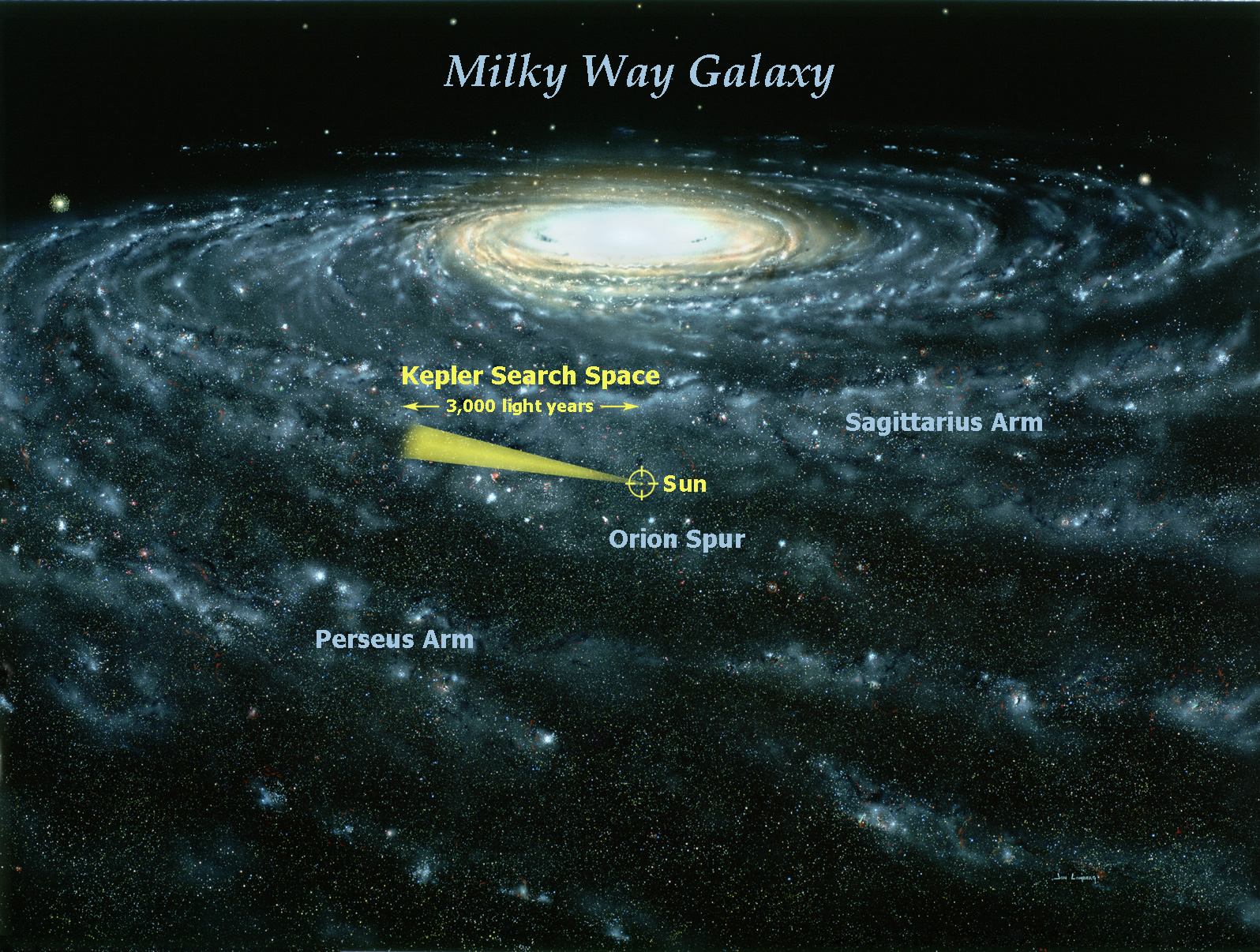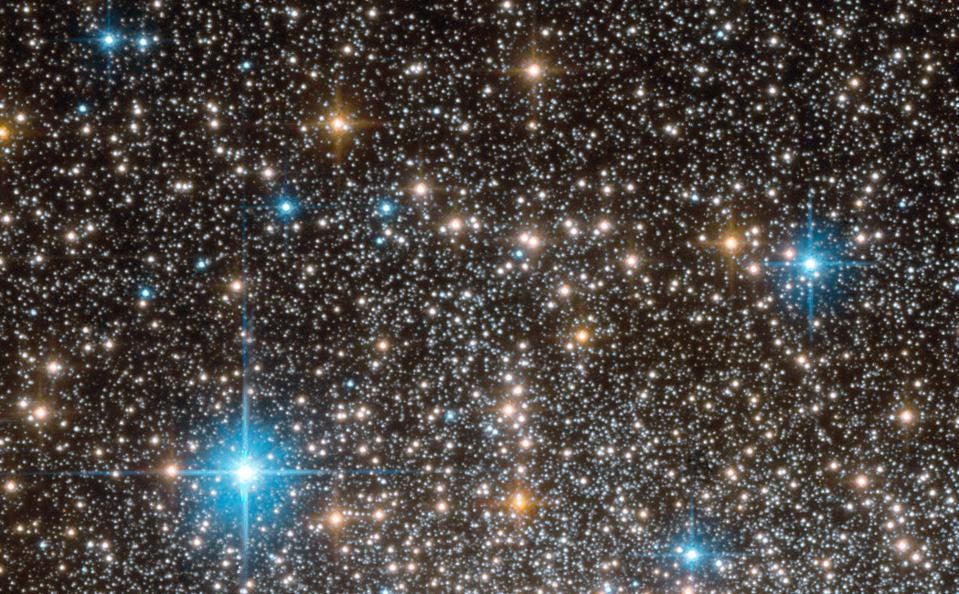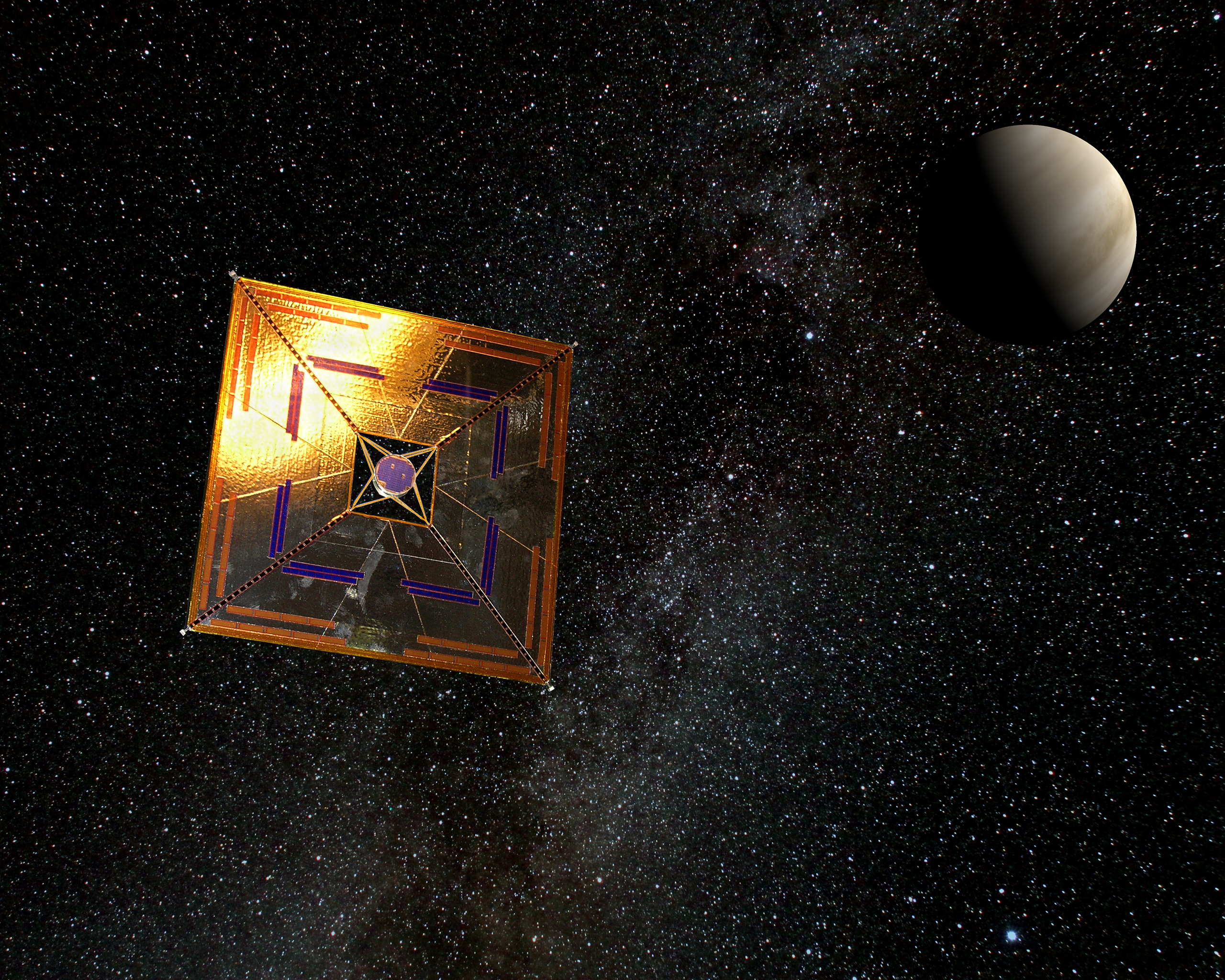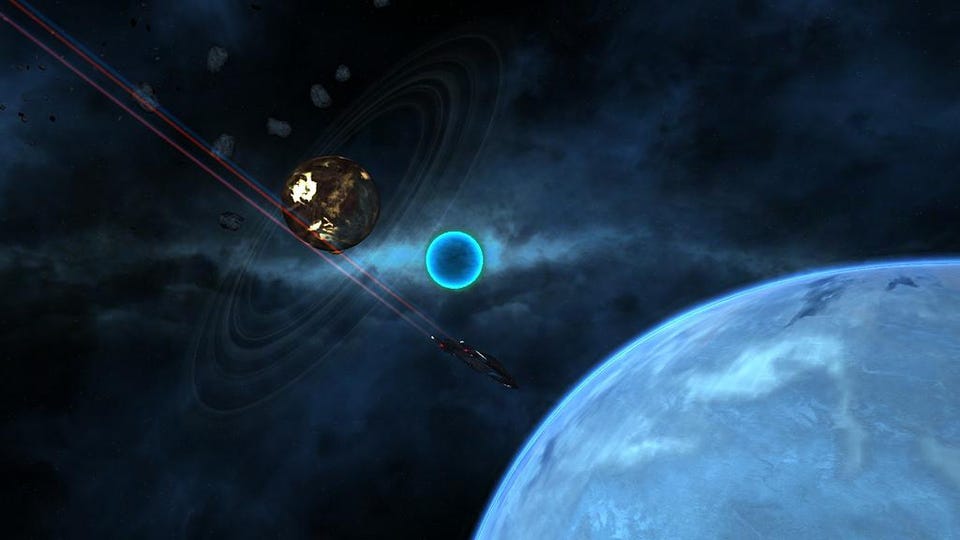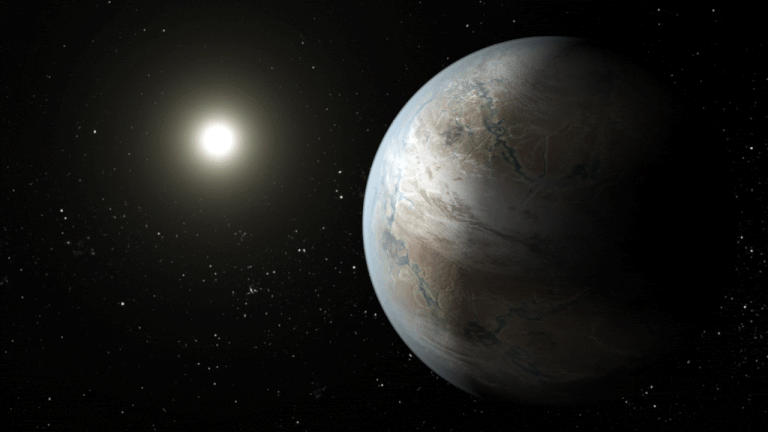Ask Ethan: Should Alpha Centauri be our first interstellar target?
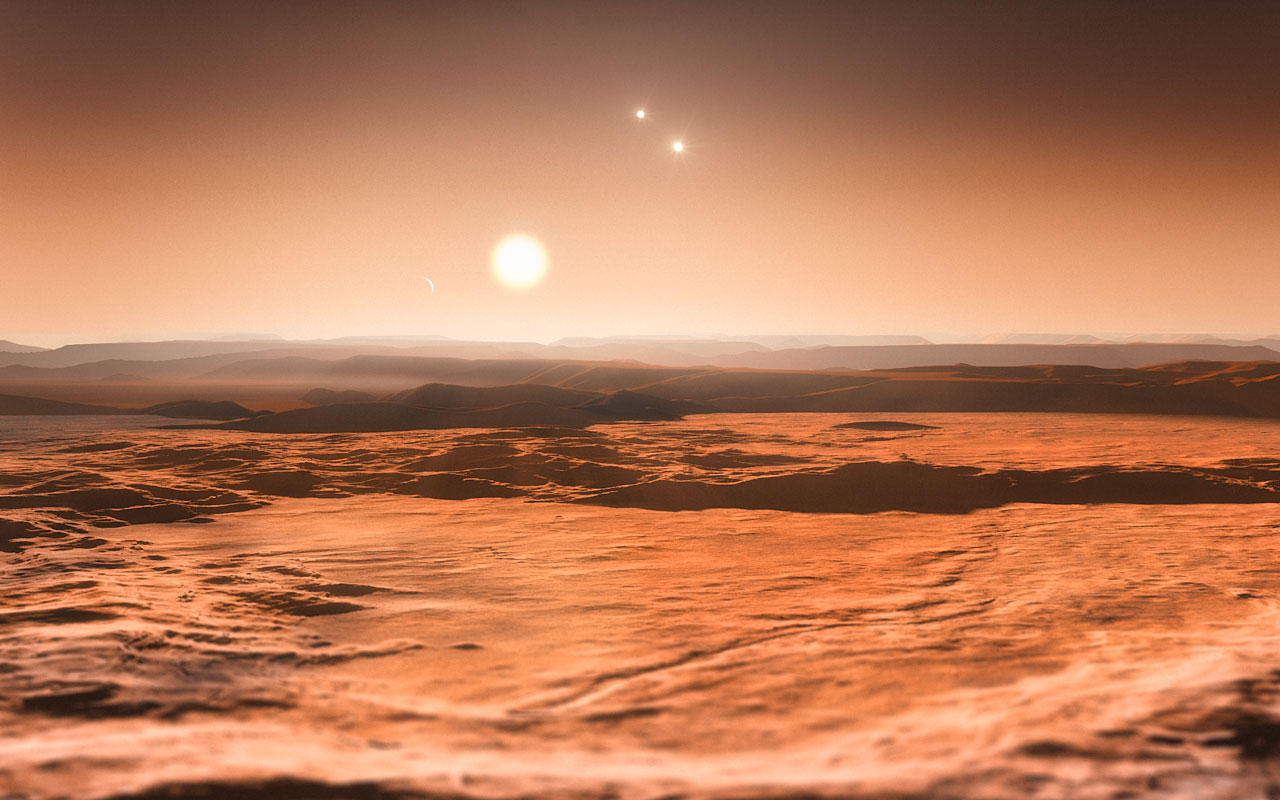
- Of all the stars in the Universe beyond our Sun, the trinary Alpha Centauri star system is the closest at just over 4 light-years away.
- We know there’s at least one rocky, Earth-sized planet around Proxima Centauri, and if we’re lucky, one of the planets in these systems may be home to life.
- But does that make Alpha Centauri the best target for an interstellar mission? Maybe not. Here’s why.
Assuming humanity can survive the next few centuries — and that’s a big assumption, given the threats of disease, nuclear war, and ecological collapse, among others — an extraordinarily bright future awaits us. Nuclear technologies like fusion power will almost certainly be harnessed, giving us a tremendous boon to our energy generation and storage capabilities. Alongside them, coming advances in biology, spaceflight, and possibly cybernetics may soon make the dream of interstellar travel a reality.
Either an uncrewed mission to another star or, more ambitiously, a crewed mission that either spans multiple generations or involves putting humans into some sort of cryogenic/suspended animation state, even if it takes thousands of years, may suddenly transition from the realm of science fiction into reality. But where should we go? That’s what John Farrell wants to know, asking:
“Assuming we ever have the technology to send robot ships to other stars, do you think Alpha Centauri still the most appropriate target for an interstellar ship from Earth because of its proximity? Or are there more interesting candidates we’ve discovered since?”
It’s a fascinating question. Here’s what we need to consider.
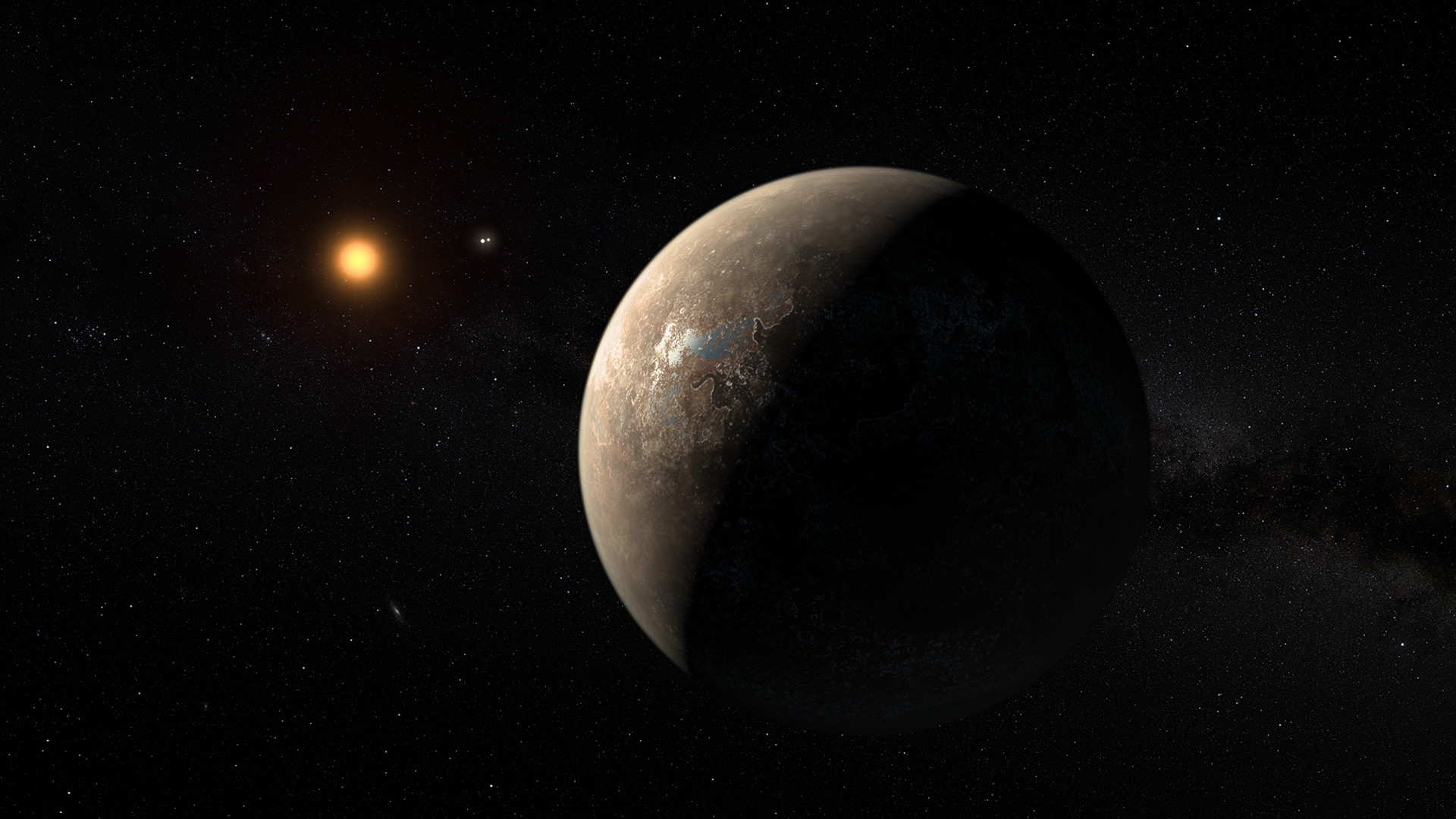
The first question that’s worth asking, especially if we want to know where we should set our sights, is what our goals ought to be. When it comes to other stellar systems, there are a whole slew of things we could potentially be interested in.
- Are we looking for the most “Sun-like” star with the most “Earth-like” planet around it?
- Are we looking for a water-rich, Earth-sized planet that resides in what we call the “habitable zone” of its star?
- Are we interested in terrestrial, rocky planets around the most common class of star in the Universe: the M-class red dwarfs, rather than the G-class stars like our own Sun?
- Are we interested in planets that are vastly different from the ones we have in our own Solar System, and include the most common class of planet presently known: those between the mass of Earth and Neptune, known as either “super-Earths” or “mini-Neptunes?”
- Or are we interested in planets that we’re certain are not just “potentially habitable,” but actually inhabited? And, for that matter, planets that may even be potentially conolizable?
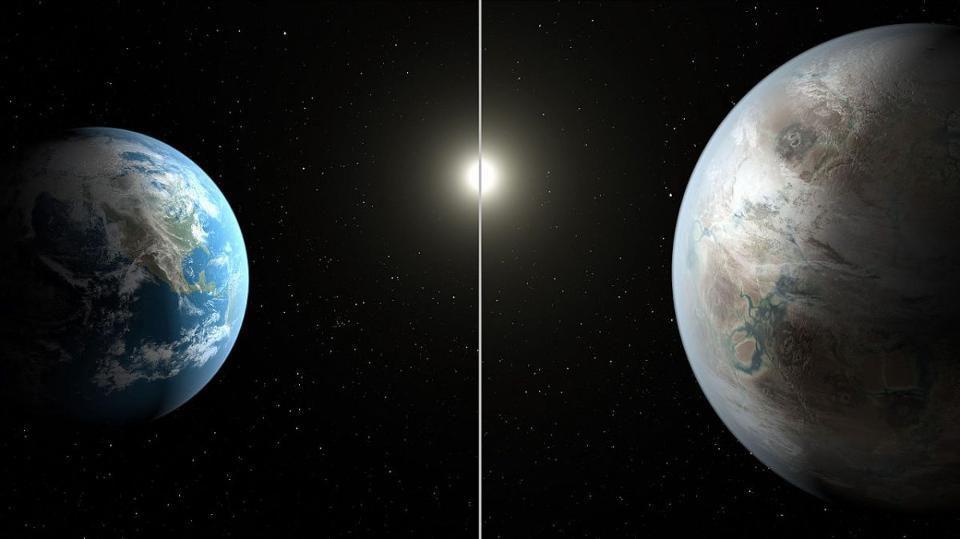
All of these, of course, are worthy goals, but we need to decide what we’re interested in before we start picking our targets. After all, journeying multiple light-years across interstellar space so far is only possible in science fiction, and the interstellar environment is not only nasty, but gets progressively nastier the faster you attempt to travel through it.
In other words, before we ever plan a journey, we need to figure out where we’re going and why we’d want to go there. The way to do that is to maximize what we can learn about a stellar system from here at home, before we ever set a course.
At present, we haven’t exactly been patient; it’s only been around 30 years that we’ve known about the existence of exoplanets at all! And yet, time is precisely what we need, as the long-duration observations will reveal the presence of:
- low-mass planets that orbit close to their parent stars,
- more massive planets that orbit at greater distances,
- and planets that don’t serendipitously align with our line-of-sight to them.
With the advent of bigger, better telescopes, like the 30-meter class telescopes scheduled to begin science operations within the next decade, we might finally be able to directly image Earth-sized worlds as well, and reveal the molecular contents of their atmospheres in the process.

But regardless of what we find, we have to be honest with ourselves. There are things we can learn, see, and determine from up close that are simply inaccessible from far away, even with foreseeable technological developments. We might be able to learn what a planet’s temperature is, how its appearance changes with the seasons, whether it has cloud cover or liquid water oceans, and what molecular species are present in its atmosphere, as well as how those contents vary with time.
Still, that’s a far cry from knowing what the surface looks like. From afar, we won’t be able to resolve details that exist on the distant planet’s land masses. And we definitely won’t be able to say anything interesting about geological and biological processes that might occur there. For some endeavors, being able to make in situ observations, from orbiters, probes, rovers, or even a crewed landing would yield the greatest scientific value of all. The more detailed the questions are that we want to answer, the closer we have to get to know for certain.

Will it be a crewed mission, or will any foreseeable mission be purely robotic in nature? It’s certainly much, much easier to send an uncrewed mission to another star, but at this point in time — even if we were to master nuclear fusion technology — it would take tens of thousands of years to travel multiple light-years away across interstellar space. Although this is better suited to robots than humans, there’s a danger to sending a robotic probe on a long-term mission like this: future advances may shorten the journey so severely, down to decades, years, or even less, that our early investments may never pay dividends.
The biggest problems with interstellar journeys are:
- if you accelerate to high speeds, you exacerbate the violence of the interstellar medium, and you have to “reverse accelerate” to not simply speed past the system you’re probing (and no, Breakthrough Starshot is not even close to overcoming these obstacles),
- accelerating and decelerating requires the substantial expenditure of fuel, which requires large amounts of mass even in the ideal situation where antimatter creation and storage is achieved,
- and we have to bring all of the equipment for not only taking data, but transmitting it back to Earth, with us.
These are largely technical problems rather than theoretical ones, but they need to be considered, especially if our goal is to scout out for a potential world suitable for human habitability.
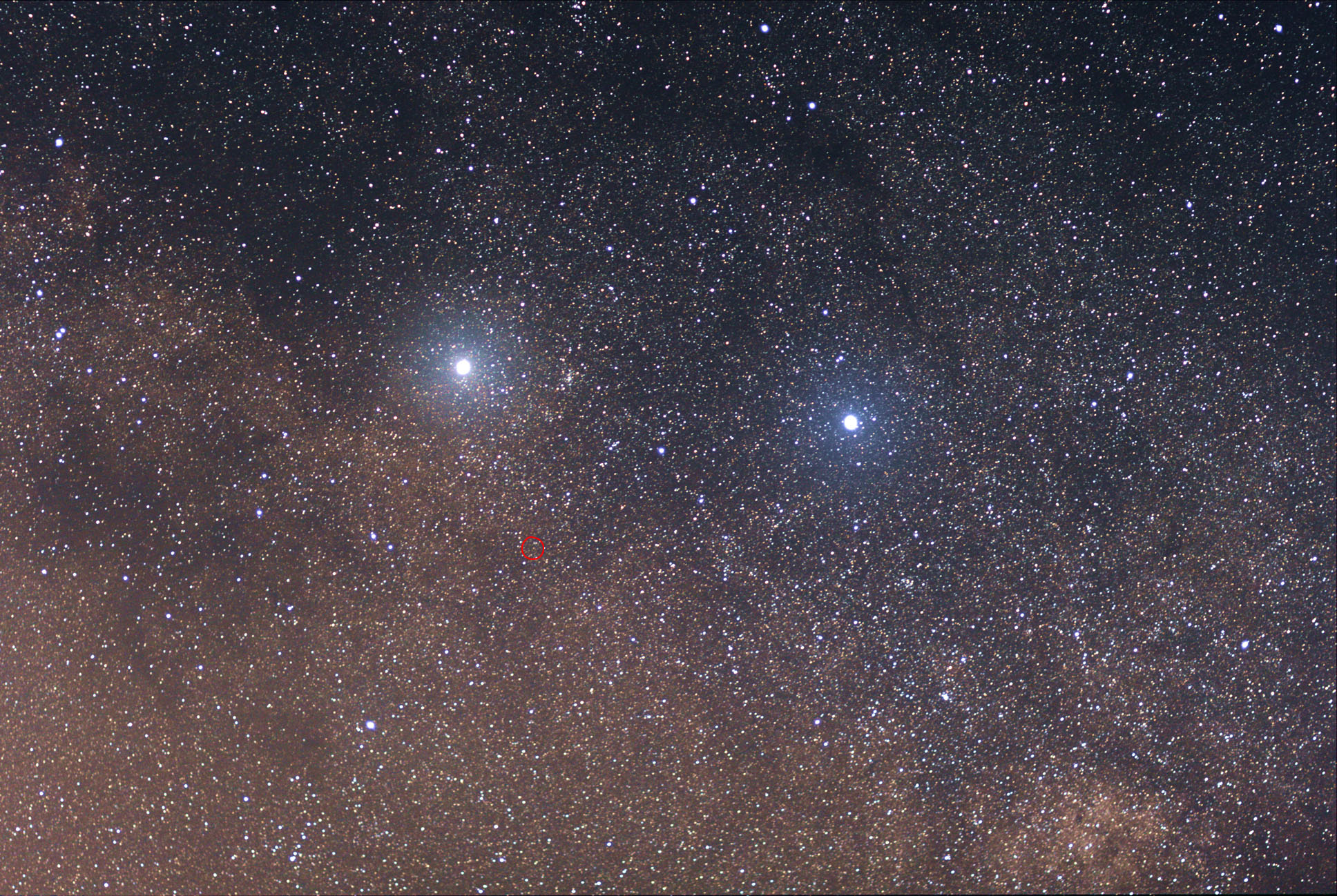
You might think it’s a no-brainer to investigate the star systems nearest to Earth first. Unfortunately, simply looking at the nearby stars and known stellar systems doesn’t give us a comprehensive view of what will be accessible in the near future: over, say, the coming thousands of years. In reality, the stars are all moving relative to one another throughout the Milky Way, at speeds that range from tens to over a hundred kilometers-per-second.
Today, the Alpha Centauri system — which itself consists of three stars: Alpha Centauri A, Alpha Centauri B, and Proxima Centauri — is the closest to us, at about 4.3 light-years distant. Alpha Centauri A is a little more massive and brighter than the Sun, and Alpha Centauri B is a little less massive and less bright than our Sun; they orbit one another at a mean distance of ~35 times the Earth-Sun distance, indicating that they’re separated, on average, by the distance of the Sun to Neptune. Meanwhile, Proxima Centauri is a low-mass red dwarf star, located about 0.2 light-years from the other pair, and is presently known to have three planets, including Proxima b, which is known to be Earth-sized and is potentially in what we call the habitable zone. It’s unknown whether there are others, or whether Alpha Centauri A or B possess planets as well.
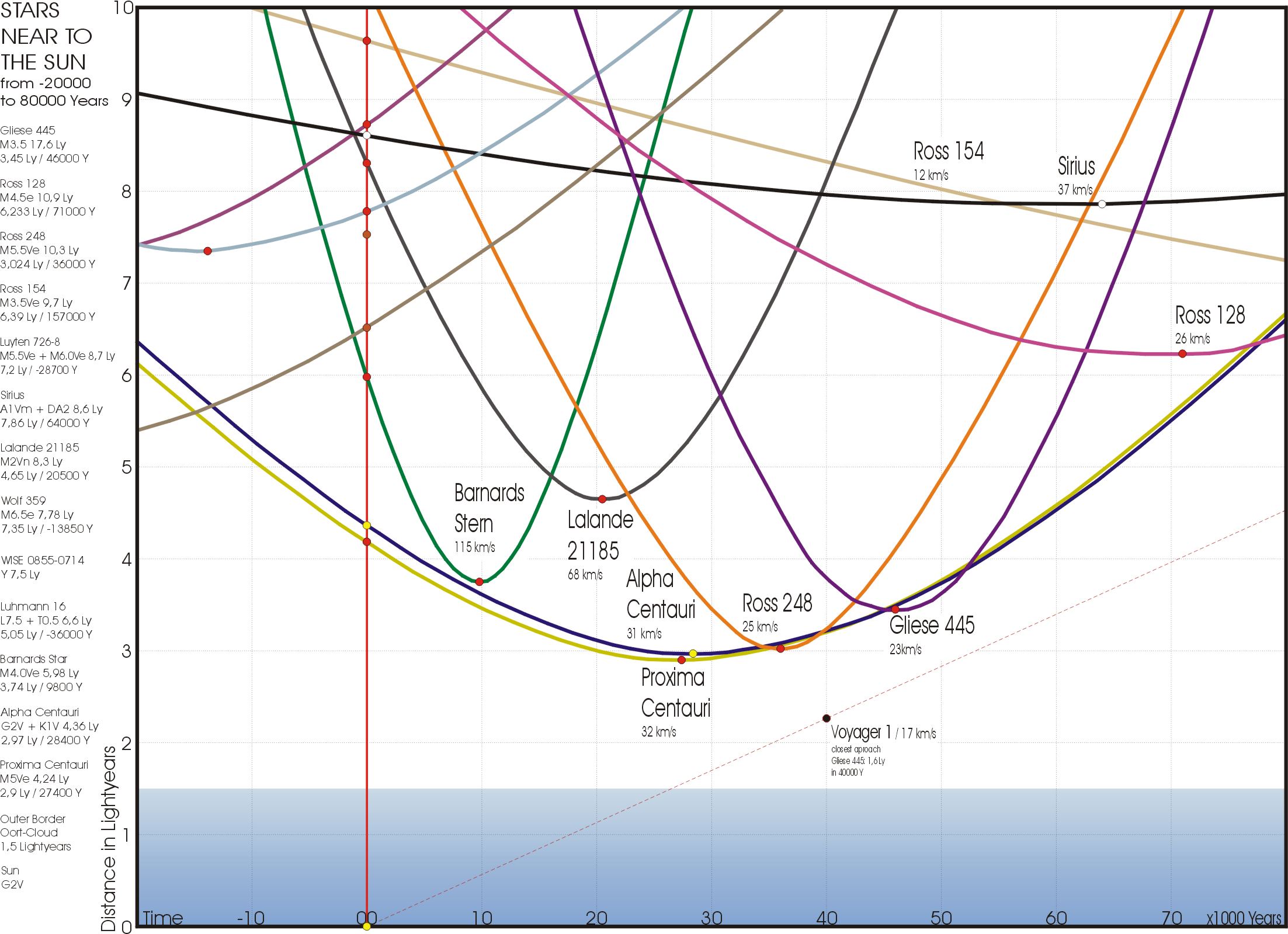
Clearly, there are reasons to be remarkably interested in the Alpha Centauri system; it’s a clear target of interest on almost any front you could consider. But “target of interest” doesn’t necessarily make it the most interesting option to consider. Sure, I’d rate it as the most interesting option right now, but when it comes to the Universe, space exploration isn’t instantaneous. Rather, it happens over time, and the star systems that are closest, or even “relatively close enough to be accessible” to us will change dramatically over time.
For example, today, the Alpha Centauri system is the closest to us at ~4.3 light-years away, but it’s not even at its closest. In another 29,000 years, the system will come within ~3.1 to 3.2 light-years from us, cutting the distance we’d be required to traverse by more than 25%. And that’s not all! In the relatively recent past, some 78,000 years ago, a binary system known as Scholz’s star, which is an M-class red dwarf with a brown dwarf companion, passed within just 0.8 light-years of Earth, making it the closest star to approach us in nearly 3 million years. Things can change quickly, however, as Scholz’s star is already more than 22 light-years away!
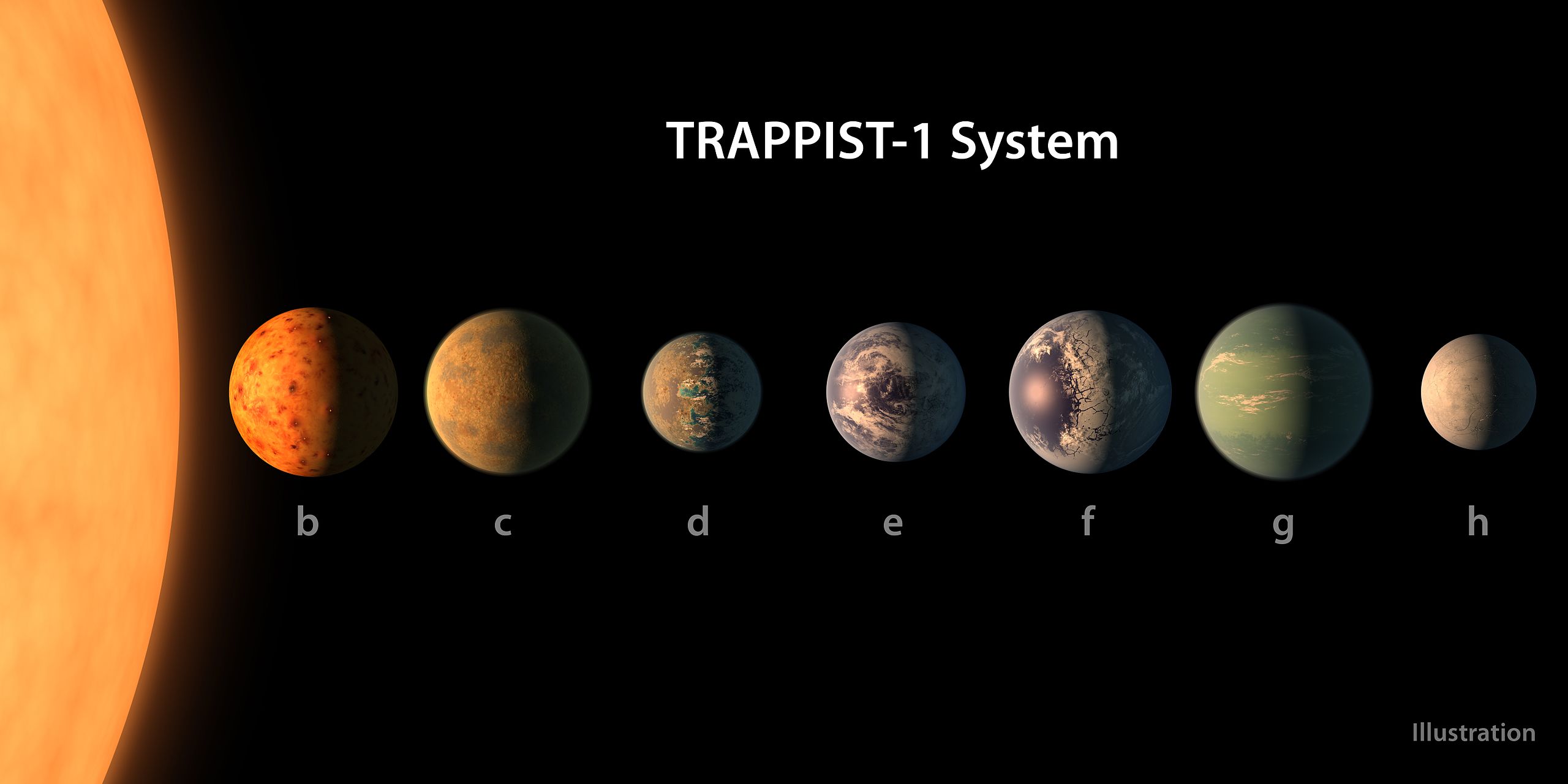
If we were to look ahead into the far future, there are plenty of other systems that might be worth investigating, particularly if the planets they possess meet whatever our chosen goals are more successfully than any of the planets in the Alpha Centauri system. Some of my favorite candidates worth considering are as follows.
The star 2MASS J2146+3813. Although it’s presently an impressive 23 light-years away, it’s going to pass close by our vicinity in the relatively near future. Specifically, about 71,000 years from now, it will pass remarkably close to us: just 1.56 light-years away at minimum. This red dwarf star is just a single star as well, and has many properties in common with Proxima Centauri. If its planets wind up being just a little more fortunate than Proxima Centauri’s, it might make a much better target for humanity.
Three other M-class stars are also worth watching in the relatively near future:
which will pass within 4.7, 3.0, and 3.4 light-years of us, respectively, at various points over the next 50,000 years. Again, if their planets turn out to be more interesting to us from whatever perspective we choose, they might make better targets for exploration than any of the worlds around any of the stars in the Alpha Centauri system.
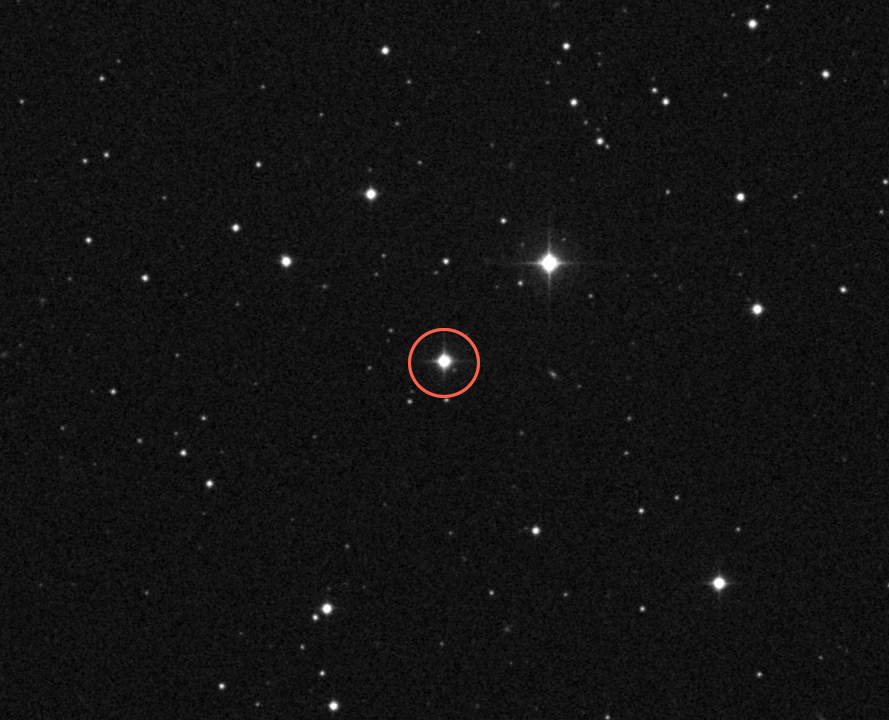
A little farther into the future, another star begins to appear as a fascinating target: HIP 117795. This star, although presently some 87 light-years away, is moving toward us with each passing moment. About 93,000 years from now, it will come within 3.4 light-years of us, making it not only visible to the naked eye, but the only other close-passing star besides two of the ones in the Alpha Centauri system that also isn’t a red, M-class dwarf. Unlike the Alpha Centauri system, however, HIP 117795 isn’t a member of a multi-star system, but rather is a single star, like our Sun. If its planets turn out to be interesting in some way that the planets around Alpha Centauri aren’t, it might make for an ideal choice for a long-term mission.
But perhaps my favorite target out there is the one that requires the most patience: Gliese 710. Gliese 710 is, like HIP 117795, also a K-class star, and has about 60% of the mass of the Sun. Although it has no known planets at present and is currently some 62 light-years away, it’s headed toward us on nearly a collision course. In another 1.3 million years, it will come within just 0.16 light-years of us, making it the closest star we’ll experience for more than 5 million years in either direction. It will be just 4% of the distance presently separating Earth from the nearest stars, and will outshine every object in Earth’s night sky except the Sun, the Moon, and Venus. If we’re willing to be patient, Gliese 710 might be our best opportunity for an interstellar mission of all. All we have to do is wait for the Universe, in some sense, to come to us.
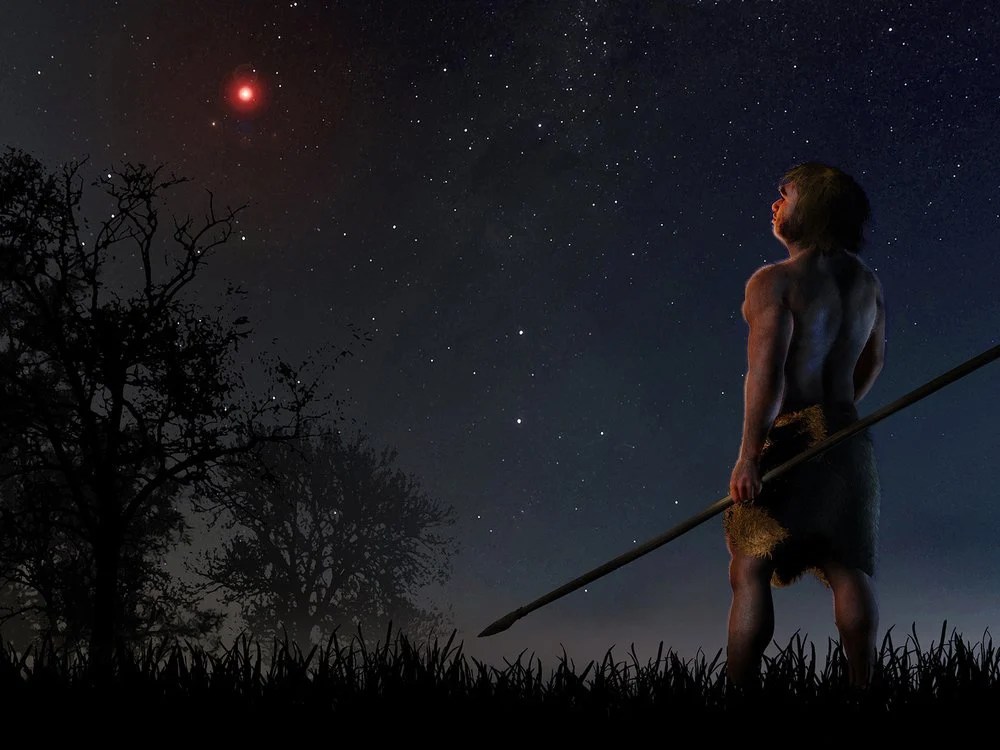
Regardless of which of the nearby stars happens to have the most interesting planets, one thing is clear: we absolutely need to acquire more information irrespective of what our science goals are to know which stellar system is worth the investment. If the end goal is simply to learn more about the planets that are out there, our best bet is to invest in infrastructure here in our own Solar System, and to make observations over long periods of time. Only through that investment can we begin to untangle where the most fascinating exoplanets truly reside.
But even if our rocketry technologies never improve, it “only” takes tens of thousands of years to send a spacecraft to stars that are a handful of light-years away, and plenty of the ones we know of are going to come extraordinarily close to us over timescales that humans may still be around for. In addition, the stellar systems considered here only include the ones we know of, which basically excludes most stars that would presently be 100 light-years away or more, even though they may yet make even closer approaches to us over the next million years or so. Alpha Centauri remains an incredibly interesting place to want to visit and learn more about, but until we know what to look for, it’s too early to say whether it’s the basket we should be putting our eggs in.
Send in your Ask Ethan questions to startswithabang at gmail dot com!
